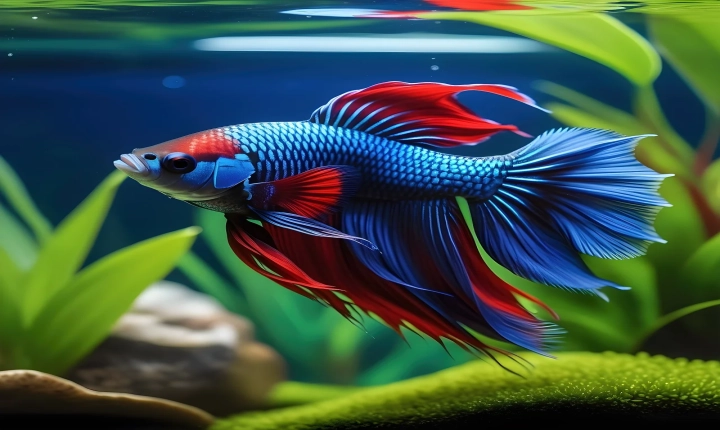Title: A Beginner’s Guide to Programming Computer AI
Artificial Intelligence (AI) has become an essential part of modern technology, allowing computers to perform tasks that typically require human intelligence. From self-driving cars to virtual personal assistants, AI has the potential to revolutionize the way we interact with technology. If you’re interested in delving into the world of programming computer AI, here is a beginner’s guide to help you get started.
1. Understand the Basics of AI:
Before diving into programming AI, it’s essential to have a good understanding of the basic concepts of AI. This includes familiarizing yourself with machine learning, neural networks, natural language processing, and other fundamental AI techniques. There are plenty of online resources, books, and courses that can help you gain a solid understanding of these concepts.
2. Choose the Right Programming Language:
There are several programming languages commonly used for AI development, including Python, R, Java, and C++. Python is a popular choice due to its simplicity and a wide range of AI libraries and frameworks available. Pick a language that suits your needs and start learning its syntax and features.
3. Learn Machine Learning:
Machine learning is a crucial aspect of AI programming. It involves training algorithms to make predictions or take actions based on input data. Understanding concepts like supervised learning, unsupervised learning, and reinforcement learning is essential for building intelligent systems. You can start with simple machine learning projects and gradually move on to more complex ones as you gain experience.
4. Utilize AI Libraries and Frameworks:
There are numerous AI libraries and frameworks available that can significantly reduce the complexity of AI programming. TensorFlow, Keras, PyTorch, and scikit-learn are popular choices for building AI models and implementing machine learning algorithms. These libraries provide pre-built functions and tools that can streamline the development process and make complex tasks more manageable.
5. Practice and Experiment:
One of the best ways to learn AI programming is through hands-on practice and experimentation. Work on small projects, such as building a recommendation system, creating a simple chatbot, or training a basic image recognition model. By experimenting with different AI techniques and algorithms, you’ll gain practical experience and a deeper understanding of how AI works.
6. Stay Updated with AI Trends:
The field of AI is constantly evolving, with new techniques, algorithms, and technologies emerging regularly. It’s essential to stay updated with the latest AI trends and research papers. Follow AI communities, attend conferences, and read publications to keep abreast of the latest advancements in the field.
7. Collaborate and Seek Feedback:
Engaging with the AI community can be incredibly beneficial when learning to program computer AI. Join online forums, participate in AI-related discussions, and collaborate with others on AI projects. Seeking feedback from experienced developers can help you improve your skills and gain valuable insights.
In conclusion, programming computer AI can be a challenging yet rewarding endeavor. With the right resources, a solid understanding of AI concepts, and a willingness to experiment and learn, you can embark on a fulfilling journey into the world of AI programming. As technology continues to advance, the demand for skilled AI programmers will only grow, making it an exciting field to explore for aspiring developers.
